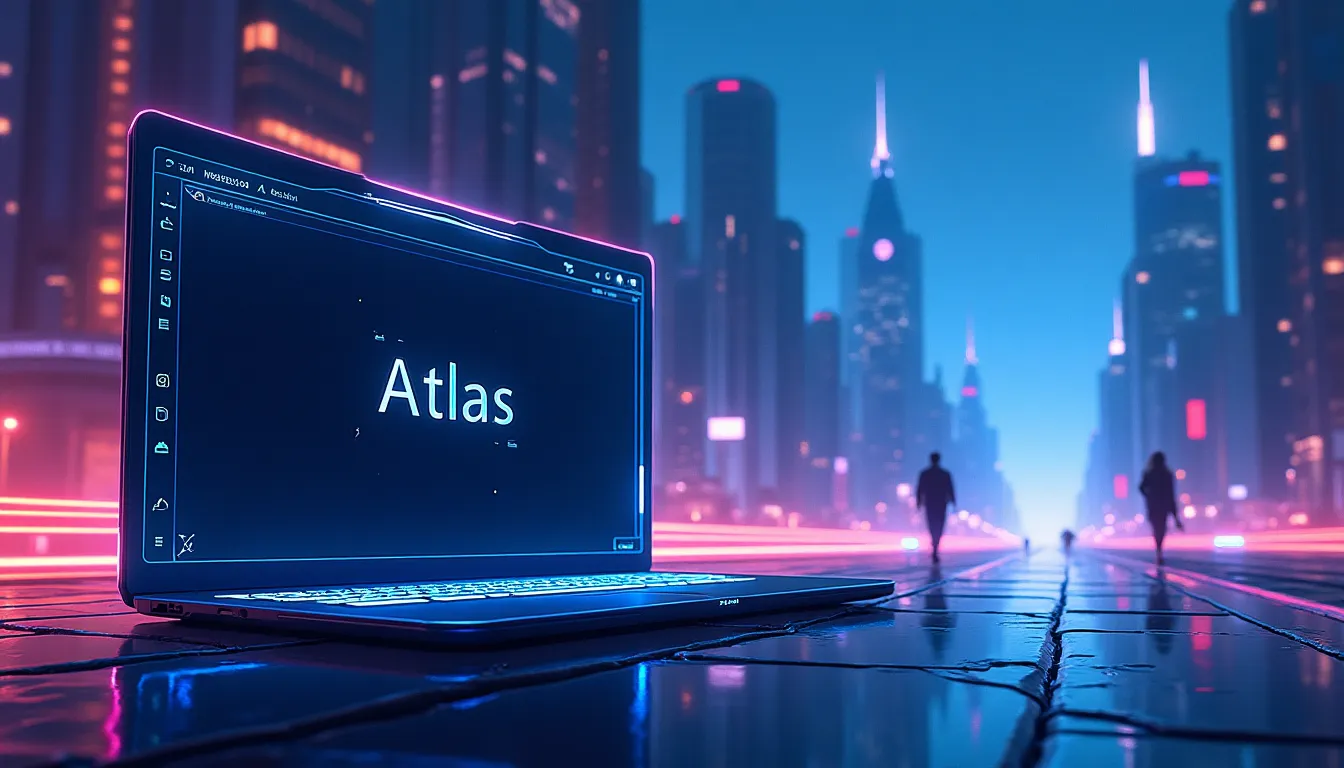The way we interact with the web is on the cusp of a significant transformation, driven by the integration of artificial intelligence (AI) and machine learning (ML) into our daily browsing experiences. This move reflects broader industry trends towards more personalized, intuitive, and efficient web interactions. At the forefront of this revolution is OpenAI’s latest innovation: the OWL (OpenAI’s Web Layer) architecture, which powers the company’s new ChatGPT-based browser, Atlas.
OWL represents a paradigm shift in how browsers are designed, leveraging Chromium as a foundation while integrating it in a novel way to achieve faster startup times, enhanced responsiveness, and a stronger foundation for “agentic” use cases—where AI assistants, like ChatGPT, can perform tasks on behalf of the user across the web. This approach signifies a departure from traditional browser architectures, where the web engine and the application are tightly coupled.
By decoupling the Chromium engine from the Atlas application and running it as a separate, isolated service layer, OpenAI’s engineers have created a more modular, flexible, and scalable architecture. This design choice unlocks several benefits, including simpler, more modern app development using native frameworks like SwiftUI and AppKit, faster application startup, and improved isolation from potential jank and crashes associated with the web engine.
The OWL architecture enables the Atlas browser to communicate with the Chromium process through IPC (Inter-Process Communication), utilizing Chromium’s Mojo message-passing system. This communication is facilitated by custom Swift and TypeScript bindings, allowing the Atlas app to interact with Chromium’s host-side interfaces directly. The result is a seamless integration that supports features like instant startup, rich animations, and visual effects, setting a new standard for web browsing experiences.
This development matters because it not only enhances the user experience but also reflects OpenAI’s commitment to pushing the boundaries of what is possible with AI and web technologies. The OWL architecture and Atlas browser are part of a larger trend towards more intelligent, personalized, and automated web interactions, which could significantly impact how we work, learn, and interact online.
In the context of the rapidly evolving tech landscape, innovations like OWL and Atlas underscore the importance of continuous innovation and the integration of AI into everyday applications. As the web and AI technologies continue to advance, we can expect even more sophisticated browsing experiences that blur the lines between human and machine interaction.
